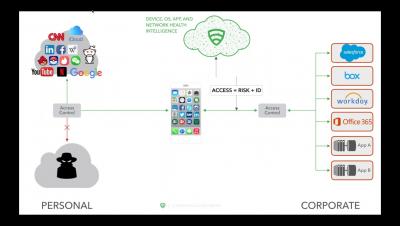Why Can't I Protect Client Side?
From time-to-time we are asked “does our Encoder product protect JavaScript and HTML?” While our ionCube PHP Encoder product with its unique features such as Dynamic and External Keys do a wonderful job protecting the PHP code on your server, the same server protected code at the client side will still present all of the HTML, CSS and JavaScript when viewing the source in the browser.









